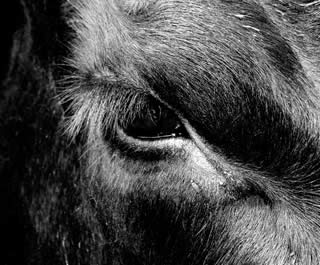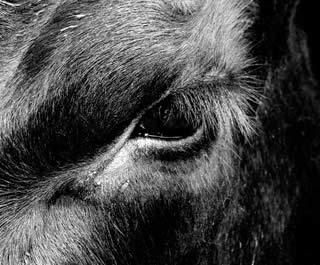Menu






Cattle are found all over the world, from as far north as Canada to the dry inland of Australia. The only continent they are not found on is Antarctica. Different types and breeds of cattle are suited to different environments. Bos Taurus cattle such as Angus cattle are more suited to temperate or cooler climates. Their wide hooves are good in both wet areas and dry grassland.
Cattle make a range of noises, from a Moo to a low growl in a warning or to attract females, especially among bulls. When they are upset they can bellow quiet loudly. Calves bawl, cows moo and bulls bellow.
Cattle are herbivores, primarily eating grass. They are ruminants, having a stomach with multiple chambers, which helps digest their food efficiently. The four chambers are: reticulum, rumen, omasum and abomasums. The rumen is the largest chamber in a ruminant’s stomach, it can hold up to 50 gallons of partly and fully digested feed. It’s the chamber were fermentation takes place to break down the grass that the animal has eaten.
Cattle have very strong tongues and strong lower front teeth that help them to eat grass. After a cow has eaten and is resting, they regurgitate the grass from their stomach to their mouth and rechew it with their very large back teeth to break it down further. This is called 'chewing the cud'. Cows can spend up to 8 hours a day chewing their cuds. It is said that a content cow is one seen chewing her cud. When cows chew their cuds they secrete saliva. This saliva contains a natural antacid, which helps to buffer the rumen. Proper buffering of the rumen allows a cow to digest forages better.
We have different types of cattle on the farm, Aberdeen Angus, Beef Shorthorn, Dexter, Highland cattle and the famous Japanese cattle Wagyu. We concentrate on beef cattle and have some of the finest pedigrees available.
© 2012 - 2021 Blackford Farms Ltd - All Rights Reserved.